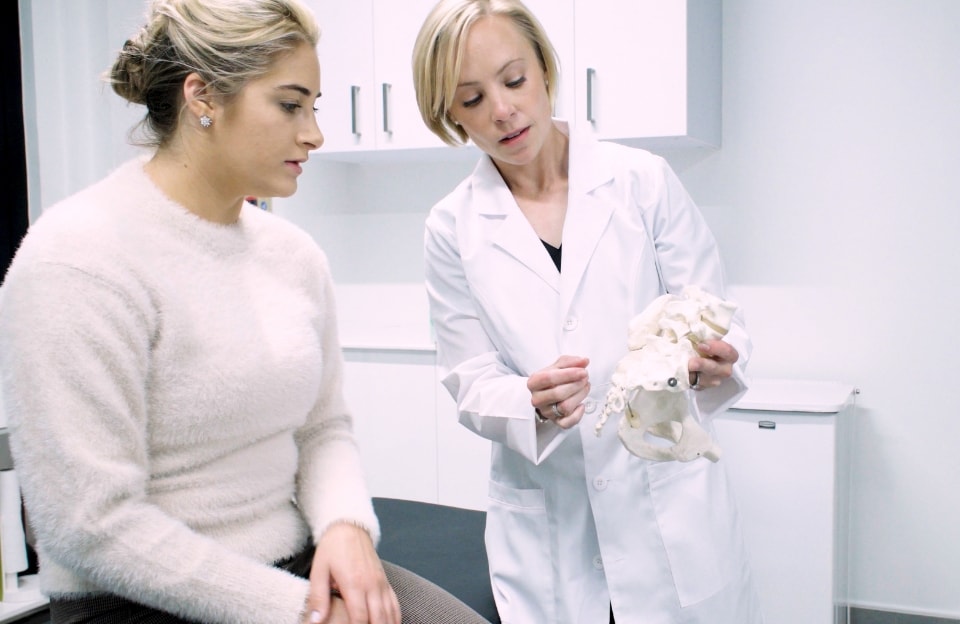What are purple veins?
The appearance of purple veins can be a cause for concern for many people. While they may be unsightly, they are usually not a cause for alarm. Purple veins often indicate the presence of varicose veins. These are enlarged, twisted veins usually found on the legs, often bulging out of the skin’s surface. They are caused by valves in the veins that are not functioning properly, which causes blood to pool in the veins. Varicose veins can be purple, red, greenish, bluish, or skin-colored.

Can varicose veins explode?
One of the most popular questions we get asked is, “can varicose veins explode?”. This is usually asked by people who have seen some gruesome pictures of varicose veins gone wrong and wonder if the same thing could happen to them. The quick answer to this question is no, varicose veins cannot explode. However, some complications can occur from varicose veins that can be very dangerous and even life-threatening.
One of the most common complications is venous ulcers. Leg ulcers are open wounds that occur when the blood flow in the veins is not working properly. These ulcers can be extremely painful and take a long time to heal because of ineffective blood flow in the legs. Another serious complication of untreated varicose veins is deep vein thrombosis (DVT), which leads to blood clots in the veins. If this clot breaks loose and travels to the lungs, it can be fatal.
So, while varicose veins may not explode, they can still be very dangerous. If you are experiencing any symptoms of varicose veins or chronic venous insufficiency, such as leg heaviness, restless leg syndrome, frequent leg cramps, or leg pain, it is important to see a vein doctor right away. You can find our board-certified vein doctors at our state-of-the-art medical centers for vein treatment in Long Island. We have offices in West Islip, Jericho, and the Hamptons.
Please schedule an appointment at your nearest medical center for vein treatment.
Why do women get spider veins?
There are many reasons why women get spider veins. For some women, it may be a genetic predisposition. If your mother or grandmother had spider veins, chances are you will too. For other women, it may be due to hormones. Pregnancy, menopause, and taking birth control pills can all cause an increase in hormones, which can lead to spider veins.
Obesity is another factor that can contribute to spider veins. The extra weight puts pressure on the veins and can cause them to become enlarged. Finally, standing or sitting for long periods of time can also lead to spider veins. The gravity puts pressure on the veins, leading to a higher risk of blood accumulation in leg veins, which can lead to spider veins.
Additionally, pregnancy can contribute to the development of spider veins and varicose veins. As the baby grows, extra pressure is placed on the blood vessels in the pelvis and legs. This can cause them to become dilated and, over time, lead to spider veins. Furthermore, pregnancy also leads to a higher volume of estrogen and progesterone hormones, which can also weaken vein valves and increase the risk of spider veins.
How to get rid of swollen varicose veins?
If you’re dealing with unsightly, swollen varicose veins, there are options available to help you get rid of them. With so many treatments on the market, it can be hard to know where to start. Here’s a rundown of some of the most popular treatments to help you make a decision.
- Compression stockings are often recommended as the first line of defense against varicose veins. They work by applying gentle pressure on the leg, which improves blood circulation and prevents further pooling of blood in the veins.
- Injections of a solution called sclerosant are another common treatment for small varicose veins. Sclerotherapy involves injecting the veins with a sclerosing solution that irritates the walls of the veins, causing them to collapse and eventually fade away.
- If your varicose veins are caused by underlying chronic venous insufficiency, you may be a candidate for minimally invasive treatments, such as endovenous laser ablation and radiofrequency ablation. These procedures involve channeling thermal or laser energy to destroy the diseased vein and reroute the accumulated blood into healthier leg veins.
No matter which treatment you choose, getting rid of varicose veins can improve your appearance and self-confidence. Our vein doctors perform thorough evaluations and tests to select the ideal minimally invasive spider vein and varicose vein treatments for you.
Do spider veins mean poor circulation?
Spider veins, also known as telangiectasia, are dark blue, red, or purple veins visible on the skin’s surface. They are most common in the legs and can be painful. Spider veins are caused by weak or damaged valves in the veins. When these valves are not working properly, blood can leak back into the vein and accumulate, leading to vascular dilation. Over time, the enlarged veins and damaged blood capillaries can lead to spider veins and varicose veins.
Spider veins can also be caused by pregnancy, hormones, weight gain, and standing or sitting for long periods of time. If you are concerned about your spider veins, you should talk to your vein doctor. Our medical center for vein treatment can offer minimally invasive spider vein treatments that address the root cause of your concern and alleviate the symptoms of vein disease.